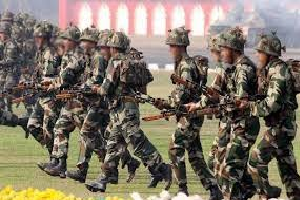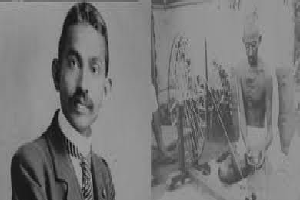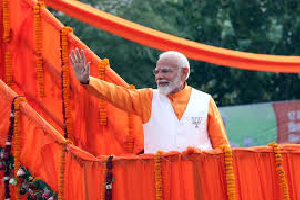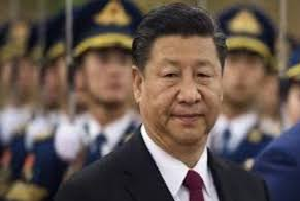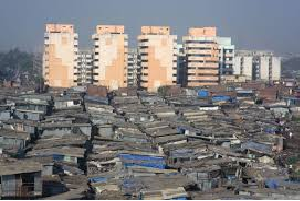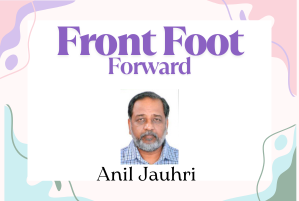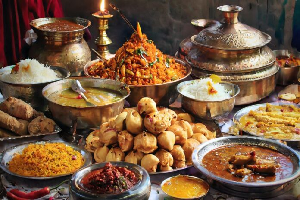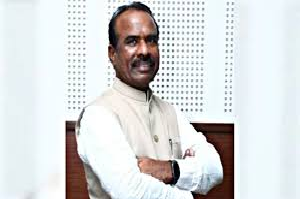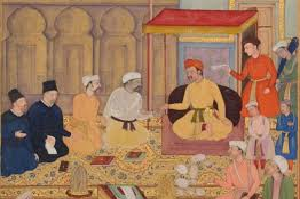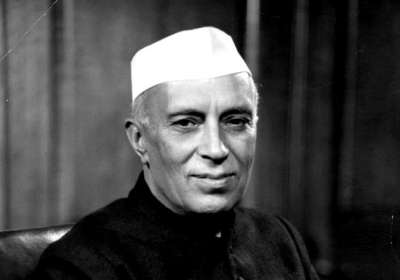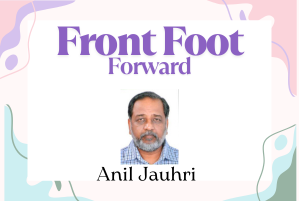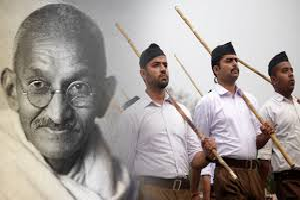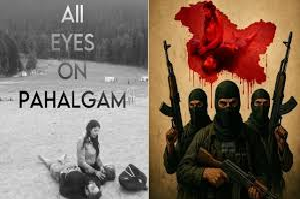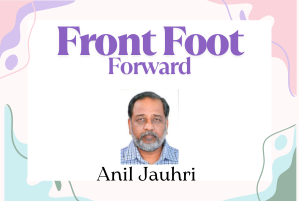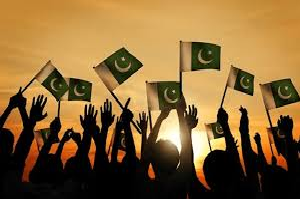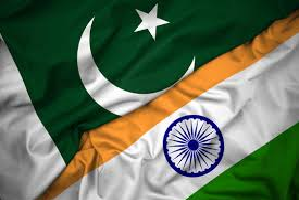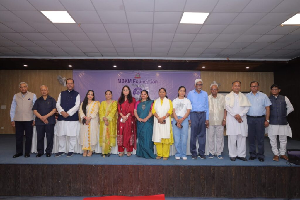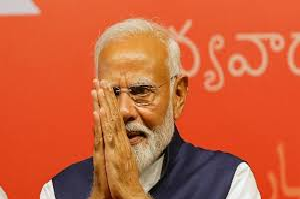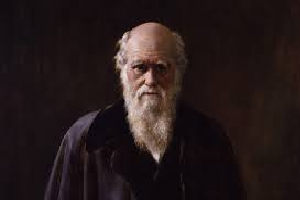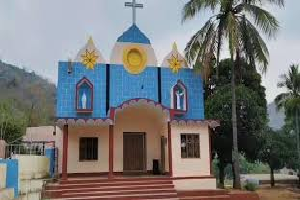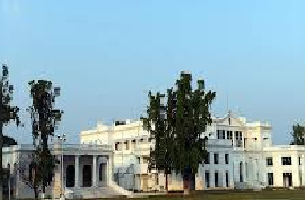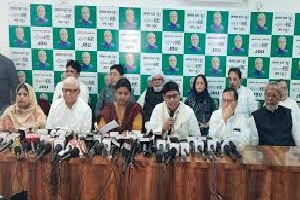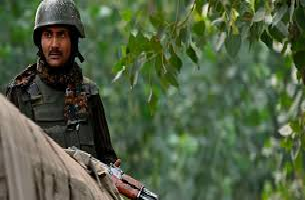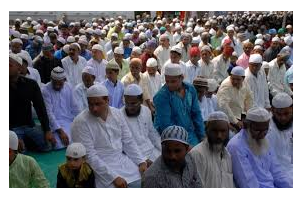24

Sajida Zubair
New Delhi | Wednesday | 24 July 2024
The Archaeological Survey of India’s (ASI) recent survey report on the Bhojshala-Kamal Maula Mosque complex has ignited intense debate and scrutiny. Submitted to the Madhya Pradesh High Court, the report has become a pivotal document in the ongoing dispute between Hindu and Muslim communities over the rightful ownership and history of the site.
The ASI’s findings suggest that the structure dates back to the Paramara period, an era celebrated for its literary and educational advancements. This adds a new angle of historical complexity to the site, which both communities claim as their own.
According to Advocate Hari Shankar Jain, who reviewed the report, over 94 broken idols were uncovered, suggesting a strong Hindu presence. Jain’s assertion that the ASI’s 2003 order permitting namaz (Muslim prayers) is illegal and his call for exclusive Hindu worship at the site has further polarised the situation.
The ASI’s study reveals that the mosque’s mihrab is a “new structure” built with materials different from the rest of the complex, which challenges the continuity of the mosque’s historical narrative. This finding could imply that significant alterations were made to the original structure, supporting the argument that a Hindu temple once stood there.
The report, submitted to the High Court, suggests that the structure dates back to the Paramara period, a time of great literary and educational advancements. The discovery of 94 broken idols and reused temple pillars has added complexity to the site's history, with both Hindu and Muslim communities claiming it as their own.
The ASI's findings have been met with caution by critics, who argue that historical interpretations can be biased and politicized. The High Court's ruling will need to balance historical evidence with current social and religious dynamics, taking into account India's diverse and pluralistic heritage.
The challenge will be to find a resolution that respects the site's historical significance while fostering communal harmony.
Critics argue that the ASI’s findings should be approached with caution. Historical and archaeological interpretations are often subject to biases, and politicising such findings can exacerbate communal tensions. The discovery of reused temple pillars and damaged inscriptions in Sanskrit and Prakrit points to a complex history of conquest, adaptation, and reuse of religious sites, which is common in India’s rich and tumultuous history.
The ASI report also highlights the presence of architectural remains and large slabs of inscriptions associated with literary and educational activities. This suggests that the site was not merely a religious centre but also a hub of intellectual and cultural activity. The unearthing of 94 sculptures and fragments depicting Hindu deities, such as Ganesha and Brahma, crafted from materials including basalt, marble, schist, soft stone, sandstone, and limestone, adds further complexity to the narrative. These findings might be seen as evidence of the site’s Hindu origins, but they could also be remnants of a broader, more inclusive historical context where multiple religions coexisted.
The response from both communities has been predictably charged. For the Hindu community, the ASI’s report is a vindication of their long-held belief that Bhojshala is a temple dedicated to Vag Devi (Goddess Saraswati). For the Muslim community, which regards the site as the Kamal Maula Mosque, the report is seen as a challenge to their religious heritage and identity.
In this intricate dance of history, archaeology, and faith, the ASI’s report is a critical piece but not the final word. The High Court’s ruling will need to balance historical evidence with the current social and religious dynamics.
The Bhojshala-Kamal Maula Mosque complex stands as a testament to India’s multi-layered history. It is a reminder that sites of worship often embody centuries of cultural and religious evolution. As the High Court deliberates, the challenge will be to honour this complexity and find a resolution that respects the historical significance of the site while fostering communal harmony.
---------------


